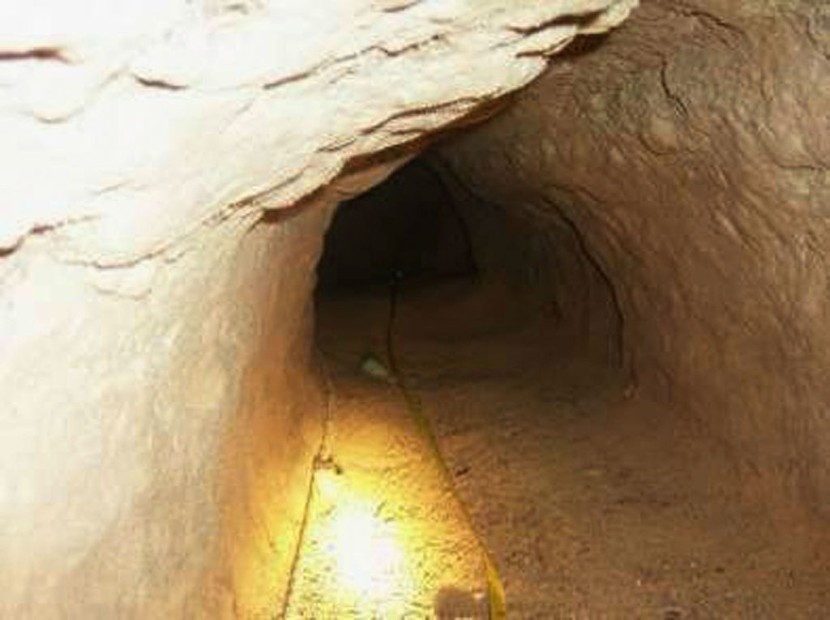
Refugee campaigners say a 20-meter underground escape tunnel was found at an Australian detention center for immigrants. When the tunnel was discovered at the Yongah Hill detention facility near Perth, it was allegedly within five meters of its perimeter.
Escape tunnel found under detention center in Australia
At the facility, more than 300 people live, including asylum seekers and criminals awaiting deportation. Officials from the Immigration and Naturalization have yet to respond to the claims. According to the Refugee Action Coalition campaign, the three-meter-deep tunnel led from a space in one of the housing blocks. It passed under two inner fences before reaching the outer barrier.
Following the discovery, several prisoners were relocated to another prison zone, as per ABC News. The tunnel was just 2.4 meters deep, said Chris Antonio, president of the Shire of Northam. "As far as we know, the situation is under control, and we're also conscious that there were no escapees; it was all a trap," he said.
The number of people involved in the tunnel's construction is uncertain, and the Australian Border Force has yet to comment on the incident. Border Force statistics indicate that 320 men are reportedly being kept at Yongah Hill. The Refugee Action Coalition said 140 of them are seeking asylum. Per BBC, the average time spent in prison, according to the advocacy group, has now surpassed 600 days, including the fact that half of the asylum seekers are long-term detainees and have been held for more than five years.
According to a source in Australia's immigration system, detainees at an immigration facility spent five months digging an escape tunnel concealed under a chest of drawers in one of their rooms. The tunnel was 15 meters long and passed under a series of rooms before running under a road at the Yongah Hill Immigration Detention Center, about 100 kilometers east of Perth, Western Australia.
According to the source, the tunnel had reached the first of three perimeter walls, and it was expected that two more months of digging would be needed to reach the outer barrier. Following the finding of the partially dug pit, the Australian Border Force (ABF) told CNN that a suspected attempted escape had been thwarted at the base.
Immigration officials found the escape tunnel under a detainee's room
An ABF spokesperson said that all detainees had been released and that the matter had been forwarded to the Australian Federal Police (AFP). The AFP said it was reviewing the situation and that further comment at this time is inappropriate.
Ian Rintoul of the Refugee Action Coalition (RAC) was the first to announce the tunnel's existence, saying that immigration officials had discovered a 20-meter tunnel underneath a detainee's space on Tuesday.
A source told CNN that some detainees dug the tunnel with whatever utensils they could locate, including bits of a refrigerator and a wooden drawer. They dug while the guards weren't watching, he said, using the lights on their phones and candles to keep digging.
Pillowcases were used to move soil from the tunnel until it was spread in a 50-centimeter gap between the room's floor and the ground, where it couldn't be seen from the path. The Refugee Action Coalition presented an image of tape covering various low-set spaces, including 6F, above the tunnel.
As of February 28, 315 men were being detained at the Yongah Hill detention facility, according to the latest government statistics. The majority were "501s," or individuals whose visas have been revoked under section 501 of Australia's Migration Act, which requires the government to withdraw visas based on character grounds, such as whether visa holders had committed a serious crime.
© 2025 HNGN, All rights reserved. Do not reproduce without permission.








